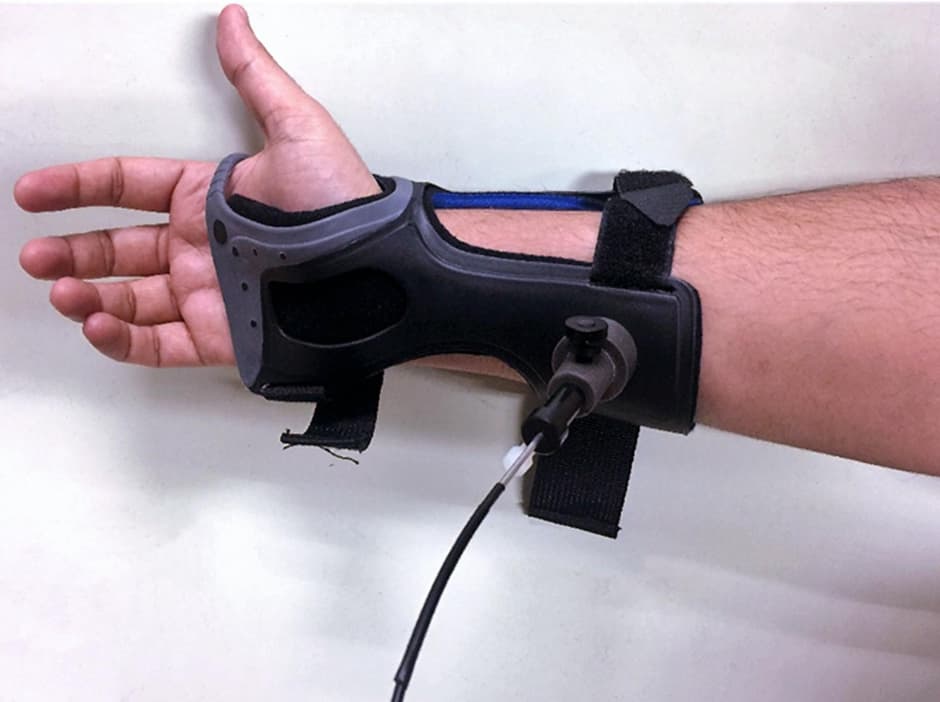
Researchers from the University of Missouri School of Medicine and the Massachusetts Institute of Technology (MIT) recently evaluated the accuracy of the MIT-developed technology.
The study, Evaluation of accuracy dependence of Raman spectroscopic models on the ratio of calibration and validation points for non-invasive glucose sensing, measured the blood glucose levels of 20 healthy, non-diabetic adults prior to drinking a glucose-rich drink.
Blood glucose levels were then measured in intervals over the next 160 minutes using spectroscopy, IV blood test, and finger prick. According to MIT, the tests determine how much glucose remains in the blood and if a patient's insulin-regulating mechanisms are working effectively. The researchers found that spectroscopy predicted glucose values as accurately as a finger prick test.
"Currently, blood glucose levels are tested through a finger prick or intravenously. The approach we studied is non-invasive and uses a laser to monitor glucose levels in the skin," said Anandhi Upendran, PhD, director of biomedical innovations at the MU School of Medicine Institute for Clinical and Translational Science and co-author of the study. "With diabetes on the rise, the development of an accurate, efficient and inexpensive alternative method to test blood glucose levels is an urgent clinical need."
MIT said the device uses Raman spectroscopy to measure the chemical composition of skin and extract the amount of glucose out of other skin compartments. A fibre optic cable attached to a wristband passes laser light onto the skin to detect different components in the skin, such as fat tissue, protein, collagen and glucose molecules. The shifts in wavelengths associated with glucose present in the blood create a sort of molecular fingerprint that can be used to determine glucose levels.
"This is a technology that we have been pioneering for more than 20 years," said Jeon Woong Kang, PhD, research scientist with MIT's Laser Biomedical Research Center and co-author of the study. "We know that handheld skin prick tests are not always accurate and may be uncomfortable for patients. The gold standard is intravenous blood testing, but frequent blood draws may not be an option for many patients. We were pleased to find that our initial results show Raman spectroscopy can measure glucose levels that are comparable to the finger stick devices. We hope that we can refine this method to be a non-invasive continuous glucose monitoring sensor."
Future studies will examine the accuracy of the technology in patients with diabetes.




Glasgow trial explores AR cues for autonomous road safety
They've ploughed into a few vulnerable road users in the past. Making that less likely will make it spectacularly easy to stop the traffic for...